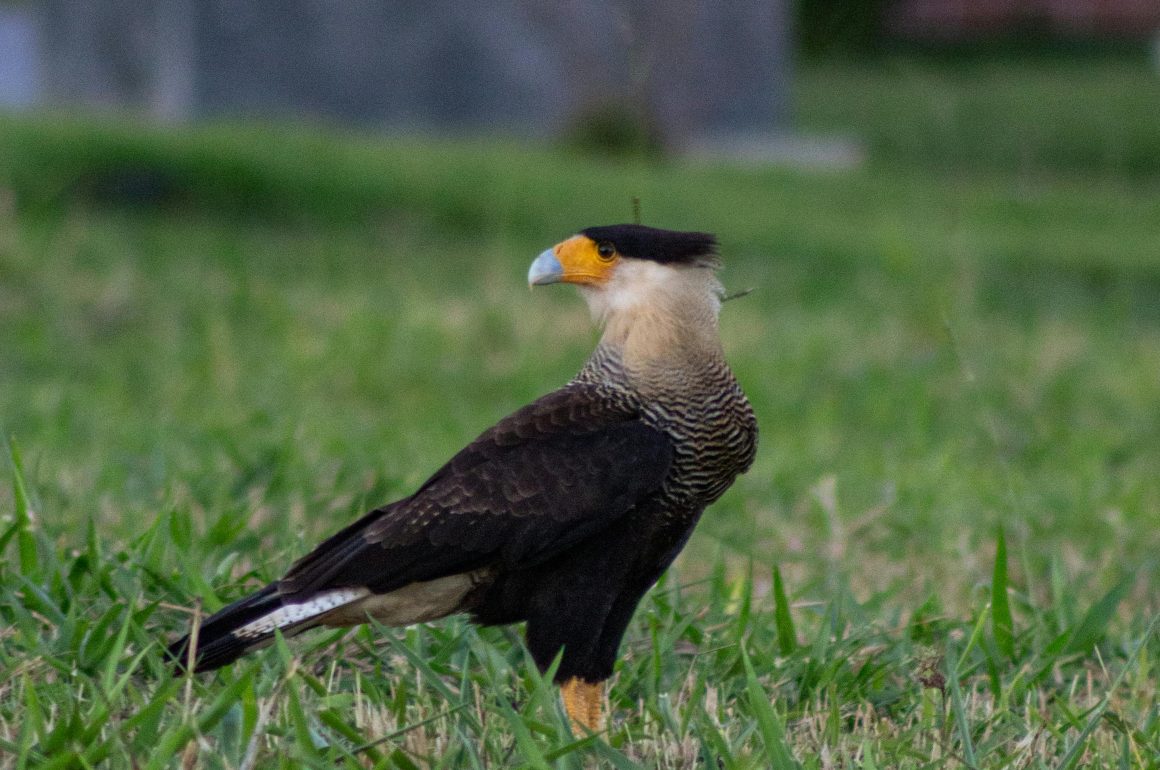
Soon, we will be heading to Southwest Florida for the winter. The following are some of the birds I eagerly look forward to seeing again.
1. Roseate Spoonbill. Think pink! This bird is the most flamboyant of Florida’s waders, with its pink body, scarlet shoulders, orange tail, and featherless, greenish head. It is the only spoonbill in the world with coloured plumage.
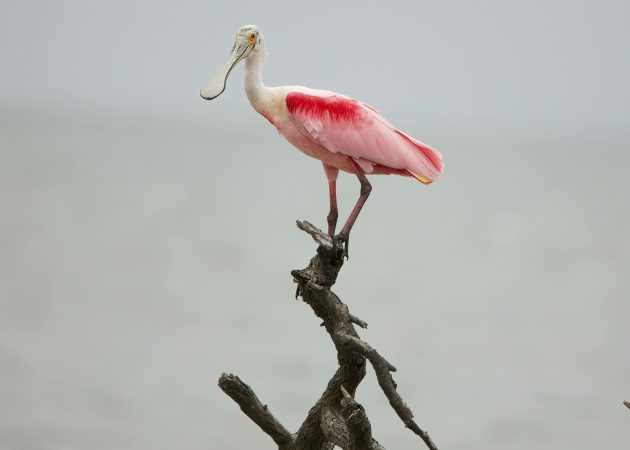
2. Painted Bunting. This is the “crayon-box” bird. The male has a greenish yellow back, blue head with red orbital ring, and red underparts. A great place to see them is at Audubon’s Corkscrew Swamp Sanctuary. There are feeders outside the visitor centre windows, which the buntings visit regularly.
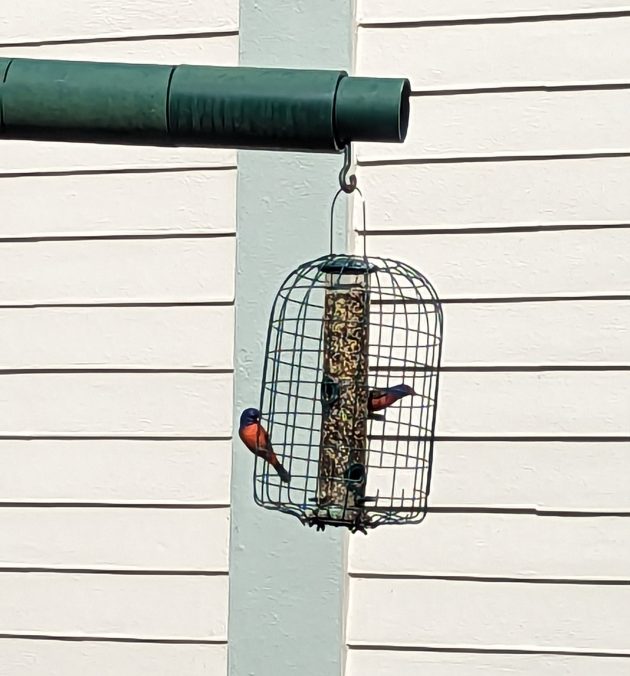
3. Swallow-tailed Kite. This bird is an elegant flier, as it glides and swoops above the treetops. Their flight style shows us why the children’s toy is named after them. They return to SW Florida in mid-February, for the breeding season.

4. Snail Kite. This bird feeds exclusively on snails, especially apple snails. Recently, non-native snails were introduced to Florida. But, these raptors are eating those snails, too. These predators hover over marshes and canals. Their curved beaks are slightly off-centre, so they can easily extract the snails from their shells.

5. Snowy Egret. Birders easily identify this white wader by its “dainty yellow slippers”. I often see them along the beach, hanging around people fishing, hoping to steal a bite.
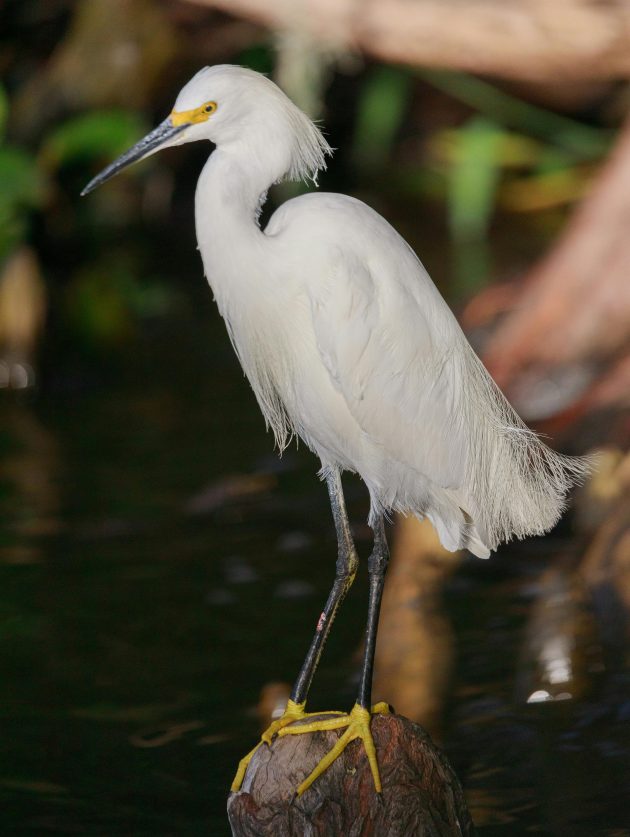
6. Magnificent Frigate bird. This piratical bird harasses gulls, terns, and other birds, until they drop or regurgitate their meal, which is then snatched up by the frigate bird. In flight, they look both sinister and magnificent, as they patrol the shorelines.
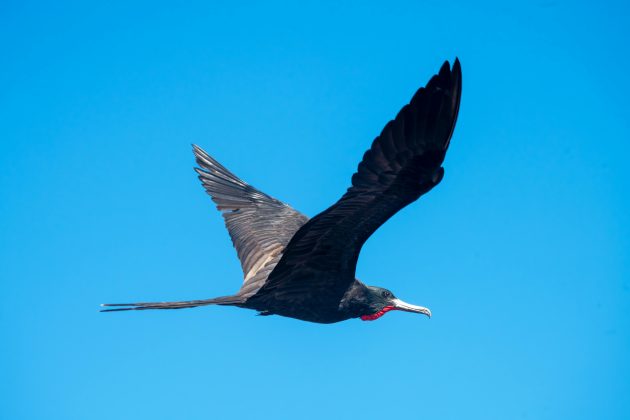
7. Purple Gallinule. This slender marsh bird has yellow legs with long toes, greenish upper parts, dark blue head and underparts, blue frontal shield, and white undertail feathers. This bird tiptoes across lily pads, as it searches for food in freshwater marshes.

8. Crested Caracara. This large, terrestrial raptor (pictured at top of this article) is most closely related to falcons, but it acts like a vulture. It feeds primarily on carrion. It can be found in garbage dumps, where it is king of the heap. Other foragers avoid this big bully.
9. Tufted Titmouse. SW Florida doesn’t have chickadees. This small, lively bird fills that niche, sounding the alarm when predators are around.
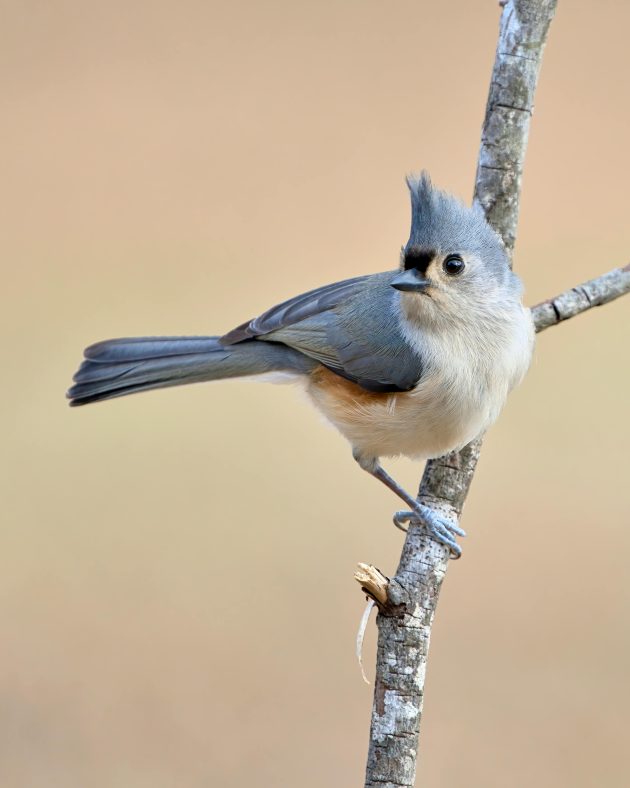
10. Brown Pelican. These large seabirds can be seen perched on pilings or in mangroves. It is amazing to see them flying just inches above the ocean. I love to watch them hunt, as they crash headfirst into the water. They actually land on their shoulders, so they don’t knock themselves silly.
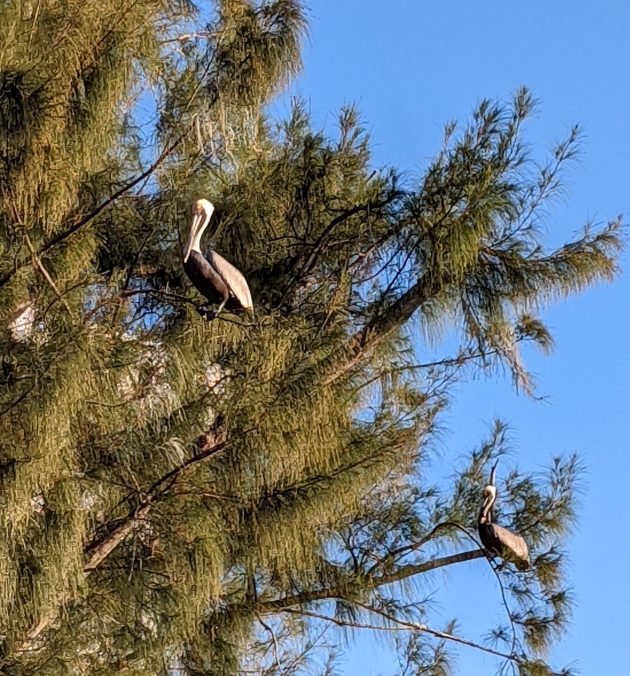
Subtropical SW Florida offers me so many great birds to see, as I explore swamps, marshes and even the country landfill.
Note: The bunting and pelican photos by the Kinrys family. The two kite and the gallinule photos are from Wikimedia Commons. The remaining photos are from Pexels.com, an online source of copyright-free photos.













Super photos and great variety of birds, especially like the Swallow-tailed Kite!